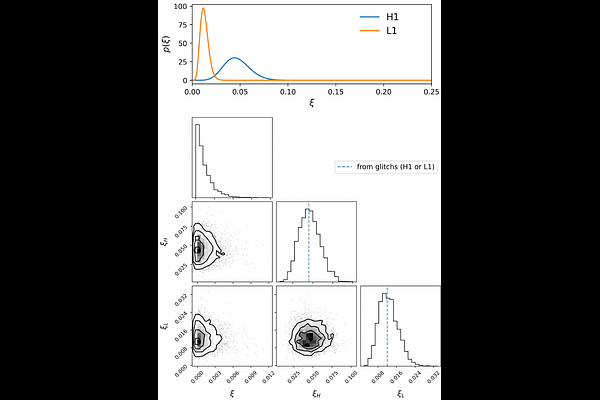Progress toward the detection of the gravitational-wave background from stellar-mass binary black holes: a mock data challenge

Progress toward the detection of the gravitational-wave background from stellar-mass binary black holes: a mock data challenge
Xiao-Xiao Kou, Muhammed Saleem, Vuk Mandic, Colm Talbot, Eric Thrane
AbstractWhile the third LIGO--Virgo gravitational-wave transient catalog includes 90 signals, it is believed that ${\cal O}(10^5)$ binary black holes merge somewhere in the Universe every year. Although these signals are too weak to be detected individually with current observatories, they combine to create a stochastic background, which is potentially detectable in the near future. LIGO--Virgo searches for the gravitational-wave background using cross-correlation have so far yielded upper limits. However, Smith \& Thrane (2017) showed that a vastly more sensitive ``coherent'' search can be carried out by incorporating information about the phase evolution of binary black hole signals. This improved sensitivity comes at a cost; the coherent method is computationally expensive and requires a far more detailed understanding of systematic errors than is required for the cross-correlation search. In this work, we demonstrate the coherent approach with realistic data, paving the way for a gravitational-wave background search with unprecedented sensitivity.